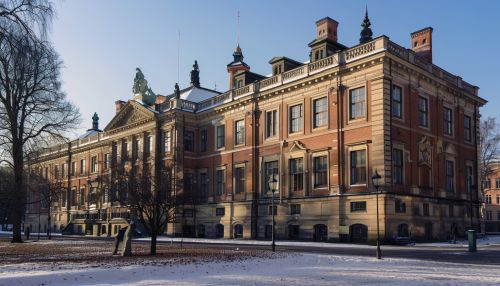Svante Arrhenius
Early Life and Education
Svante Arrhenius was born on February 19, 1859, in Vik, Sweden. His father, Svante Gustaf Arrhenius, was a land surveyor, and his mother, Carolina Christina Thunberg, came from a well-known family in the region. Arrhenius showed a keen interest in physics and mathematics from an early age. He attended the Cathedral School in Uppsala and later enrolled at the University of Uppsala, where he studied physics, mathematics, and chemistry.


Career and Contributions
Arrhenius made significant contributions to several areas of science, but he is perhaps best known for his work in physical chemistry. His 1884 doctoral thesis introduced the concept of ionic theory, which suggests that electrolytes, when dissolved in water, are separated into positively and negatively charged ions. This theory was initially met with skepticism but was later accepted and forms the basis of modern physical chemistry.
In addition to his work in physical chemistry, Arrhenius also made significant contributions to the field of cosmochemistry. He proposed the theory of panspermia, which suggests that life on Earth could have originated from microorganisms or chemical precursors of life present in outer space and brought to Earth through meteorites.
Arrhenius was also a pioneer in the study of climate science. He was the first scientist to investigate the effect of atmospheric carbon dioxide levels on Earth's climate, a phenomenon now known as the greenhouse effect. His calculations in 1896 predicted that a doubling of atmospheric carbon dioxide would lead to a significant increase in Earth's surface temperature, a prediction that has been confirmed by modern climate science.
Awards and Honors
Throughout his career, Arrhenius received numerous awards and honors for his contributions to science. In 1903, he was awarded the Nobel Prize in Chemistry for his electrolytic theory of dissociation. He was also a member of the Royal Swedish Academy of Sciences and served as its president from 1905 to 1927.
Personal Life and Legacy
Arrhenius married Sofia Rudbeck in 1894, and they had one son, Olof Arrhenius. After Sofia's death in 1905, Arrhenius married Maria Johansson, with whom he had two daughters.
Arrhenius died on October 2, 1927, in Stockholm, Sweden. His work continues to influence many areas of science, particularly physical chemistry and climate science. The Arrhenius equation, which describes the temperature dependence of reaction rates, and the concept of activation energy are fundamental concepts in physical chemistry that were developed by Arrhenius.
